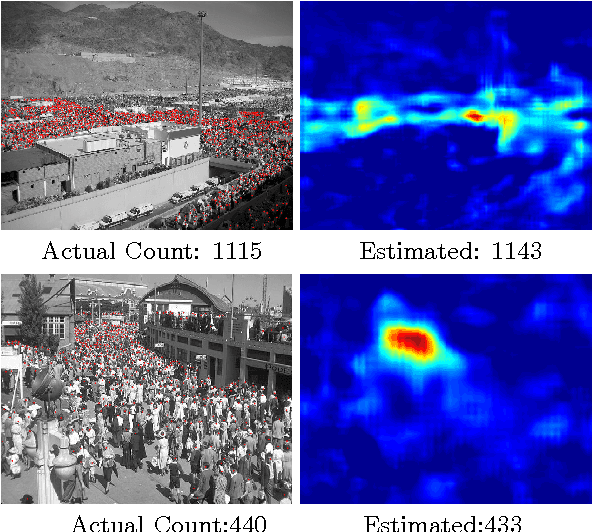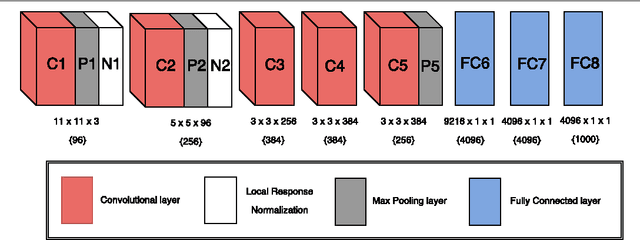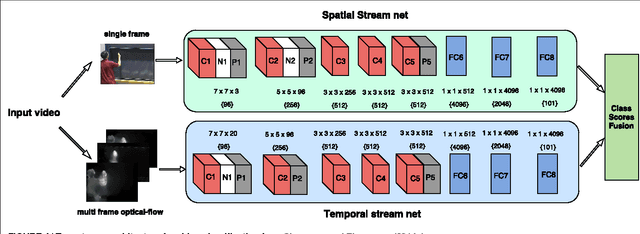Srinivas S S Kruthiventi
CrowdNet: A Deep Convolutional Network for Dense Crowd Counting
Aug 22, 2016



Abstract:Our work proposes a novel deep learning framework for estimating crowd density from static images of highly dense crowds. We use a combination of deep and shallow, fully convolutional networks to predict the density map for a given crowd image. Such a combination is used for effectively capturing both the high-level semantic information (face/body detectors) and the low-level features (blob detectors), that are necessary for crowd counting under large scale variations. As most crowd datasets have limited training samples (<100 images) and deep learning based approaches require large amounts of training data, we perform multi-scale data augmentation. Augmenting the training samples in such a manner helps in guiding the CNN to learn scale invariant representations. Our method is tested on the challenging UCF_CC_50 dataset, and shown to outperform the state of the art methods.
SwiDeN : Convolutional Neural Networks For Depiction Invariant Object Recognition
Jul 29, 2016



Abstract:Current state of the art object recognition architectures achieve impressive performance but are typically specialized for a single depictive style (e.g. photos only, sketches only). In this paper, we present SwiDeN : our Convolutional Neural Network (CNN) architecture which recognizes objects regardless of how they are visually depicted (line drawing, realistic shaded drawing, photograph etc.). In SwiDeN, we utilize a novel `deep' depictive style-based switching mechanism which appropriately addresses the depiction-specific and depiction-invariant aspects of the problem. We compare SwiDeN with alternative architectures and prior work on a 50-category Photo-Art dataset containing objects depicted in multiple styles. Experimental results show that SwiDeN outperforms other approaches for the depiction-invariant object recognition problem.
A Taxonomy of Deep Convolutional Neural Nets for Computer Vision
Jan 25, 2016



Abstract:Traditional architectures for solving computer vision problems and the degree of success they enjoyed have been heavily reliant on hand-crafted features. However, of late, deep learning techniques have offered a compelling alternative -- that of automatically learning problem-specific features. With this new paradigm, every problem in computer vision is now being re-examined from a deep learning perspective. Therefore, it has become important to understand what kind of deep networks are suitable for a given problem. Although general surveys of this fast-moving paradigm (i.e. deep-networks) exist, a survey specific to computer vision is missing. We specifically consider one form of deep networks widely used in computer vision - convolutional neural networks (CNNs). We start with "AlexNet" as our base CNN and then examine the broad variations proposed over time to suit different applications. We hope that our recipe-style survey will serve as a guide, particularly for novice practitioners intending to use deep-learning techniques for computer vision.
* Published in Frontiers in Robotics and AI (http://goo.gl/6691Bm)
 Add to Chrome
Add to Chrome Add to Firefox
Add to Firefox Add to Edge
Add to Edge